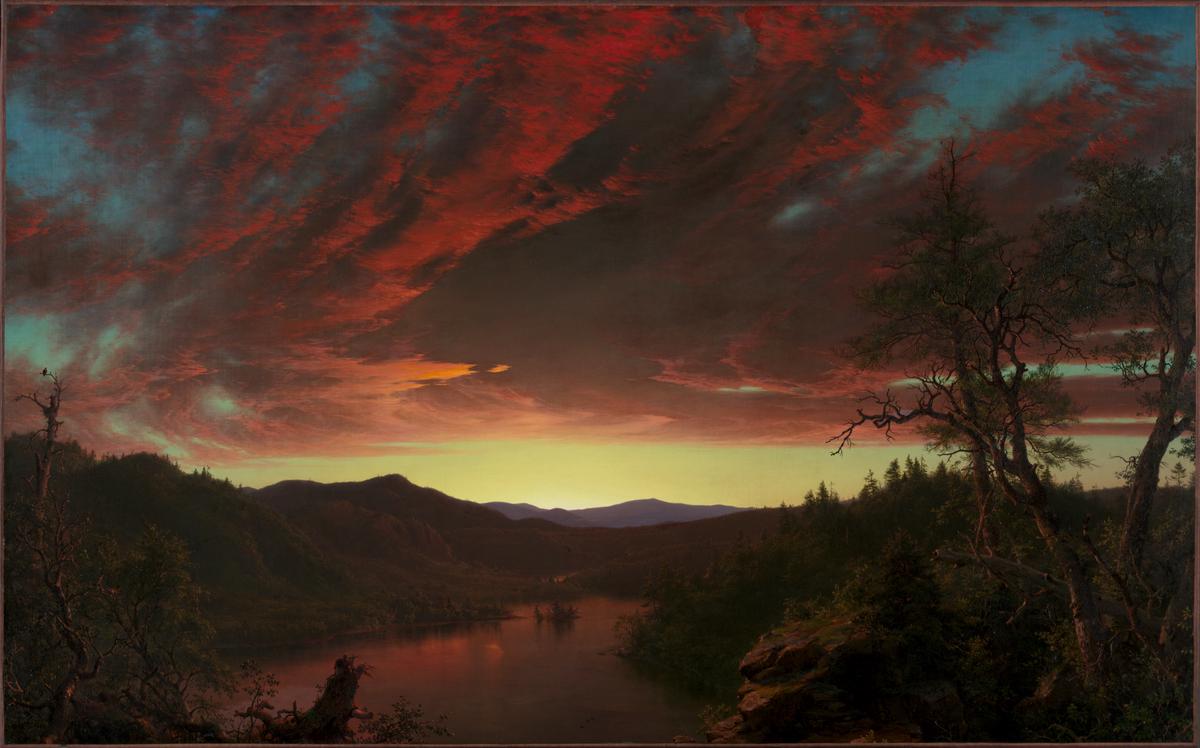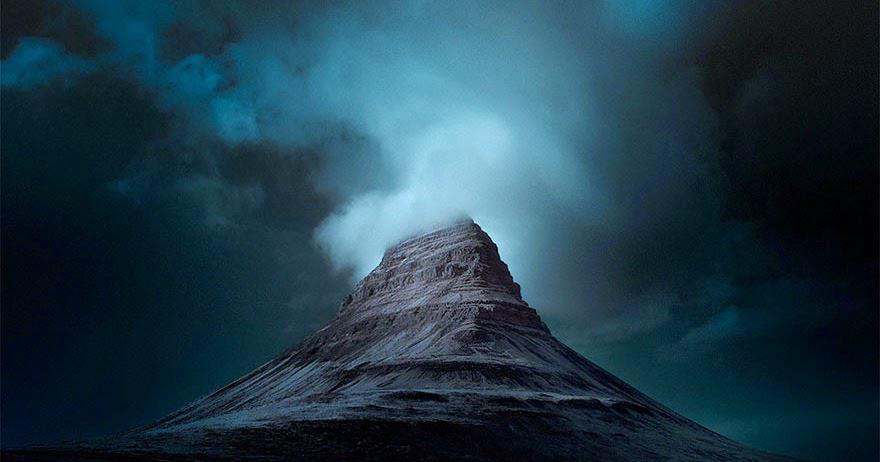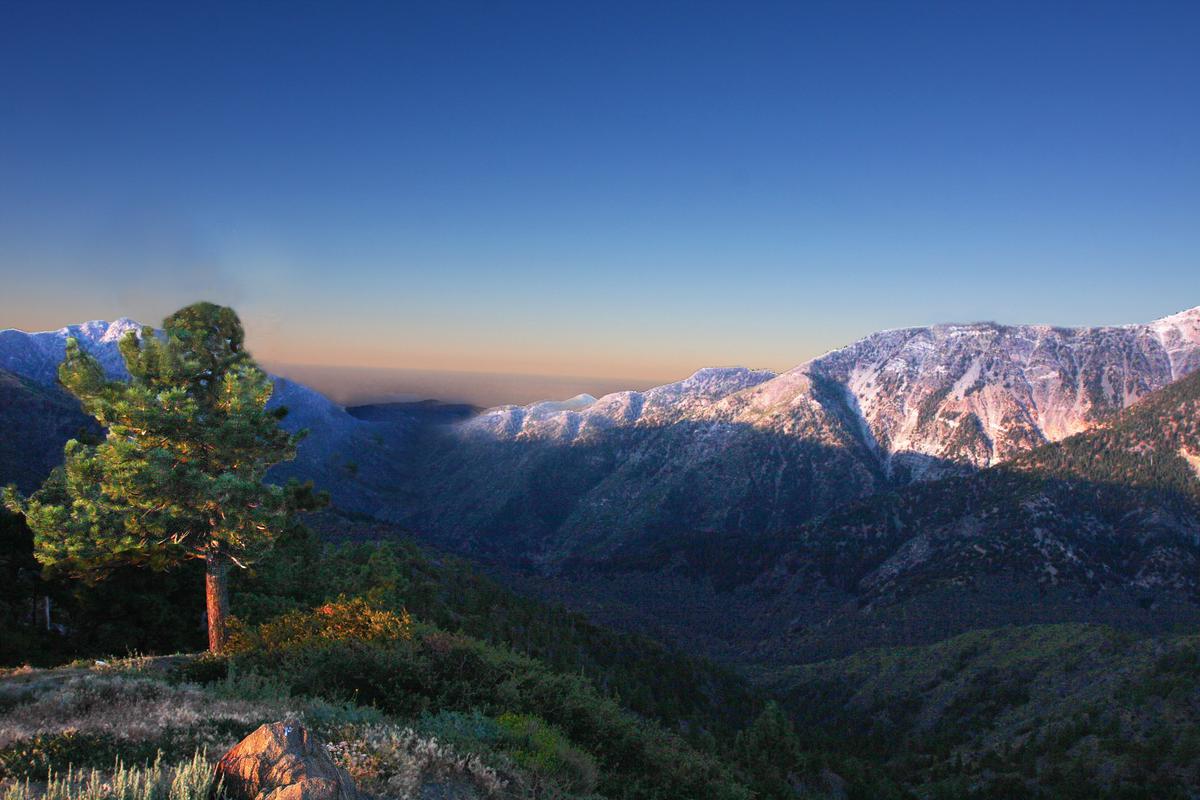Influence of Hudson River School
Frederic Church's artistic journey was profoundly shaped by the Hudson River School, an art movement that gave America its own visual language. As a pupil of Thomas Cole, Church absorbed the poetic style of capturing vast American wilderness. Cole's visions of nature's grandeur laid the groundwork for Church to expand upon.
Church blended precise details with an expansive vision, creating scenes that seemed to stretch beyond their frames. The influence of Cole's romantic style is evident in Church's love for capturing drama and emotion on canvas. Asher Brown Durand brought a touch of naturalism, teaching Church to see both the forest and the trees, allowing him to build compositions where individual details contributed to the whole atmospheric experience.
Church's grand canvases showcased both domestic and foreign lands with equal respect and awe. His work exhibited a duality of local and global, a testament to both the movement's ideals and his own zest for collecting global landscapes. This amalgamation of guidance from Cole and Durand catapulted Church into stardom, his landscapes receiving worldwide acclaim.

Use of Light and Color
Frederic Church's mastery of light and color transformed his paintings into captivating visual experiences. He used light to bring life and atmosphere to his sweeping vistas, strategically placing it to stir emotions and create drama. His palette was rich and daring, blending vivid and subtle hues to capture nature's magnificence and mystery.
Church's clever use of lighting drew viewers into the sublime, evoking a world that felt grand and infinite. He had a knack for capturing atmospheric effects—a soft sunrise or the gloom before a storm. His clouds carried weight, seas surged, and mountains seemed to stretch heavenward with tangible majesty.
Yet, Church also embraced the picturesque with equal passion. His attention to delicate shifts in hue and tone brought intimacy and tranquility to his work. This versatility allowed him to portray both breathtaking vistas and quaint scenes with warmth and depth.
Through light and color, Church struck a balance between nature's awe-inspiring grandeur and its serene simplicity. This interplay imbued his work with emotional depth that lingered, inviting viewers to explore the wild through his eyes and experience each brushstroke as a bridge between the world and the spirit.

Travel and Sketching Practices
Frederic Church's exploratory spirit guided him to far-flung corners of the globe, shaping the essence of his art. His ventures into South America provided a fresh canvas for experimentation with vibrant tones and bold compositions. Each sketch crafted among the Andes or along the Amazon captured the lush grandeur he would later translate into his canvases.
Arctic expeditions revealed another facet of his artistic repertoire. The frigid terrains, with their dramatic ice formations and stark contrasts, offered new challenges and inspirations. Church sketched tirelessly, capturing the ethereal dance of light over icy expanses, infusing his Arctic studies with tranquility and majesty.
The Middle Eastern expeditions opened another chapter in Church's creative odyssey. His sketches of the Middle East married detailed architectural studies with sweeping desert landscapes. He wove these scenes into grand visions on canvas, portraying majestic deserts and historical structures under magnificent skies.
Through his travels, Church forged a connection between distant lands and his American audience. His on-the-spot sketches were the visual shorthand of cultural encounters, each line and shadow carrying a piece of his global journey. Whether portraying rainforests, Arctic solitude, or Middle Eastern sands, Church transformed his sketches into profound explorations of the world's varied landscapes, inviting viewers to join in the grandeur of his travels and the intimacy of his discoveries.
Composition and Scale
Frederic Church's mastery of composition and scale balanced the intimate with the grandiose. His canvases combined detailed foregrounds with expansive backgrounds, conveying both a sense of scale and storytelling. This technique captured the magnitude of the natural world while inviting viewers into its nuanced facets.
Church's compositions often started with carefully rendered foreground elements, grounding the viewer before leading the eye to explore the vast wonder beyond. The backgrounds showcased his visionary prowess, creating deep vistas that seemed to stretch infinitely. His skies were dynamic entities, alive with shifting lights, shadows, and colors.
Central to Church's approach was his adept manipulation of perspective, seamlessly transitioning from close-up details to sweeping panoramas. He crafted visuals that felt both intimate and immense, like standing at the edge of a richly adorned forest while gazing towards distant mountains.
Church's talent for scale offered an experience to each observer, inviting audiences into deep engagement with the canvas. Whether lingering on intricate details or soaring into the horizon, his mastery lay in making every journey across his landscapes memorable. His works were not just views of the world; they were adventurous forays into understanding its immensity and its whispers.

Impact of Scientific Exploration
Frederic Church's artistic voyage was intertwined with the era's scientific exploration, influencing his work with extraordinary detail and authenticity. As expeditions unearthed unknown corners of the Earth, Church harnessed this spirit of discovery, crafting artworks that captured both the raw splendor and nuanced subtleties of nature.
Church's interest in geology added depth to his art, rendering landscapes with an accuracy that resonated with the scientific community. The crags, peaks, and valleys in his compositions reflected a deeper understanding of geological formations, appealing to both art aficionados and field geologists.
His botanical interests were equally profound. Church's focus on flora was informed by scientific studies, with each leaf and petal painted with precision that underscored a commitment to realism. This attention to botanical detail revealed a harmony between his artistic practice and the scientific inquiries of his time.
In portraying these natural elements, Church echoed the scientific curiosity of his era. He transformed observation into a visual language that conveyed the wonder and intricacy of the natural world. His art became an arena where science and aesthetics had a dialogue, each brushstroke an homage to the delicate interplay of understanding and beauty.
Frederic Church's work stands as a testament to an age when science widened cultural horizons. Through landscapes that were as scientifically informed as they were artistically inspiring, he invited audiences to witness nature not just as a backdrop but as a principal actor in Earth's grandeur, ripe for both scientific inquiry and artistic celebration.
- Ketner S. The American Painting Collection of the Sheldon Museum of Art. University of Nebraska Press; 2014.




















